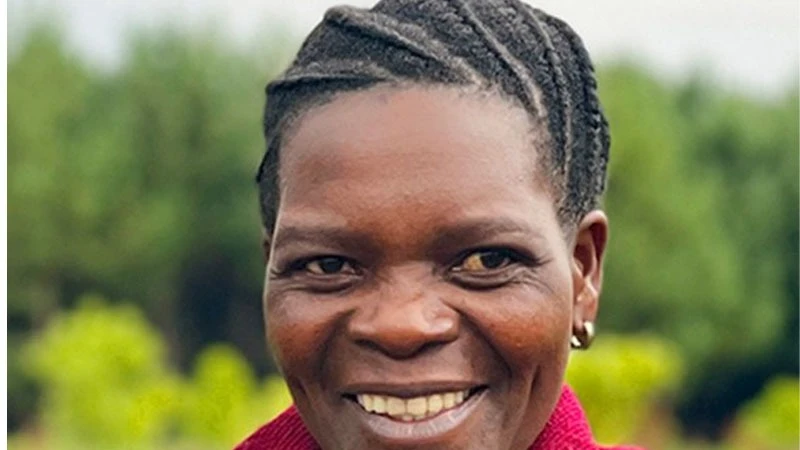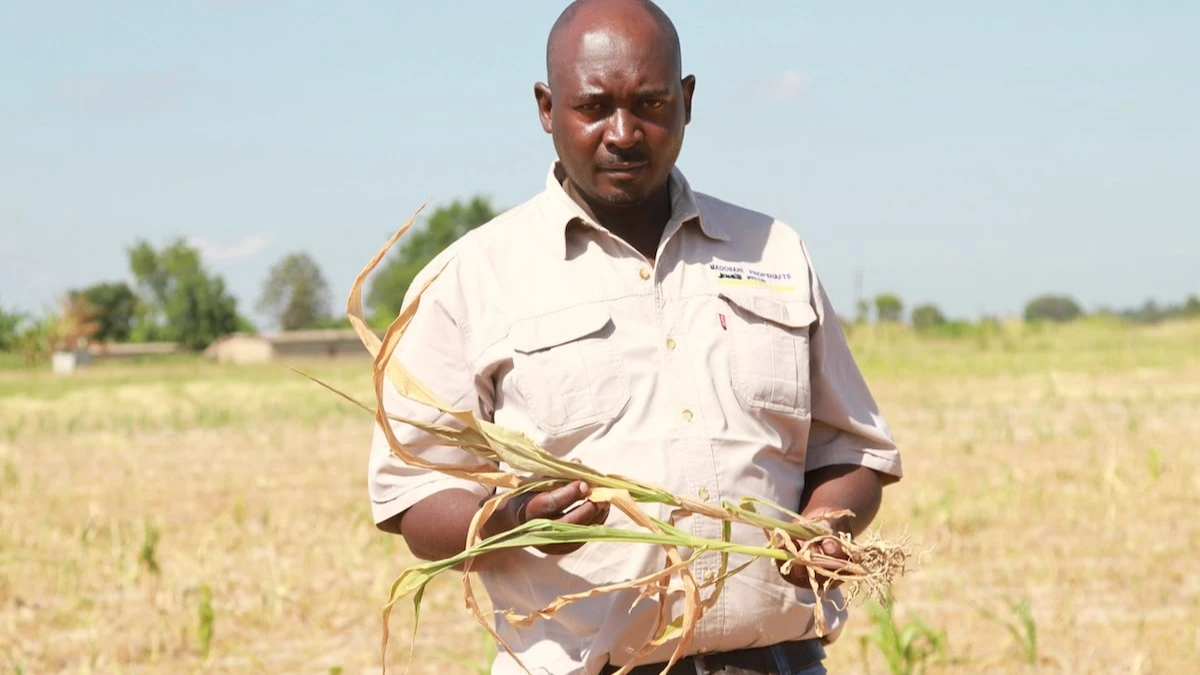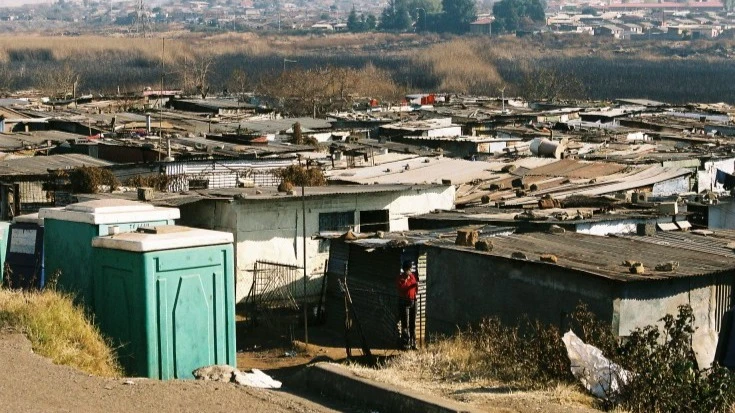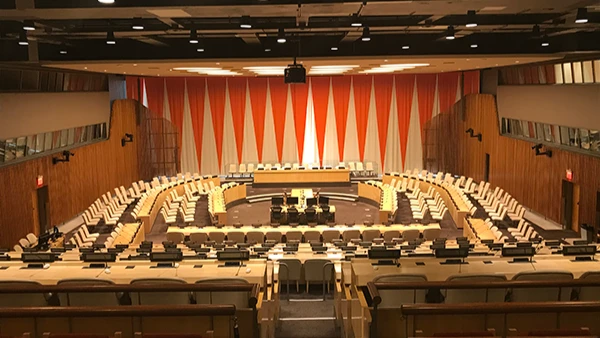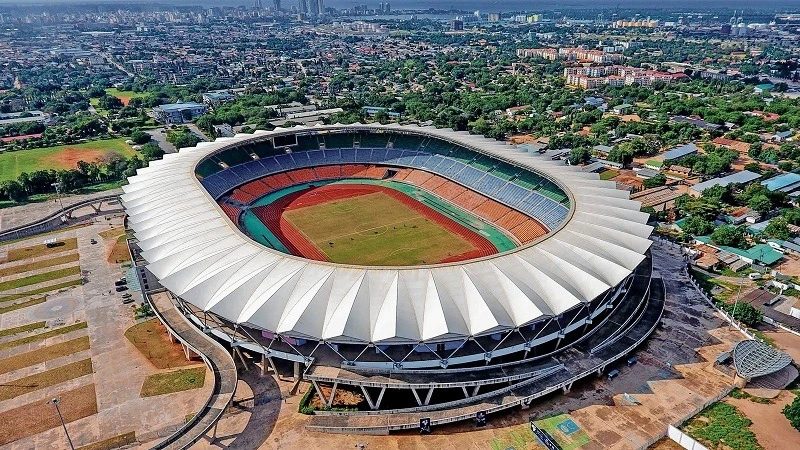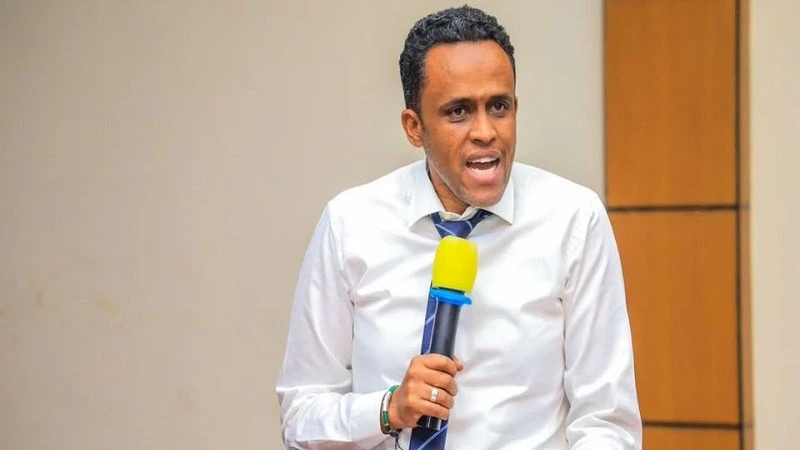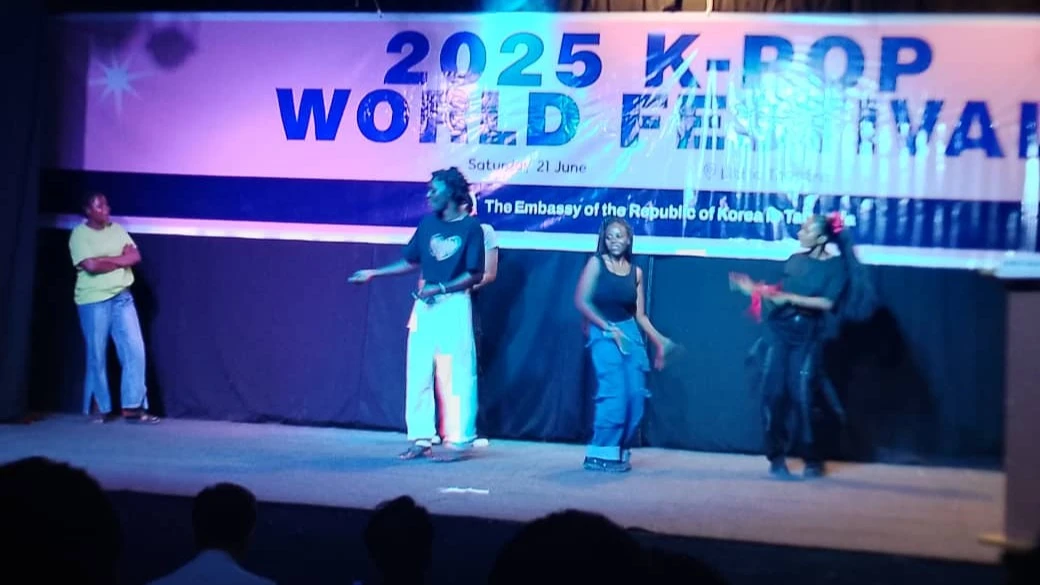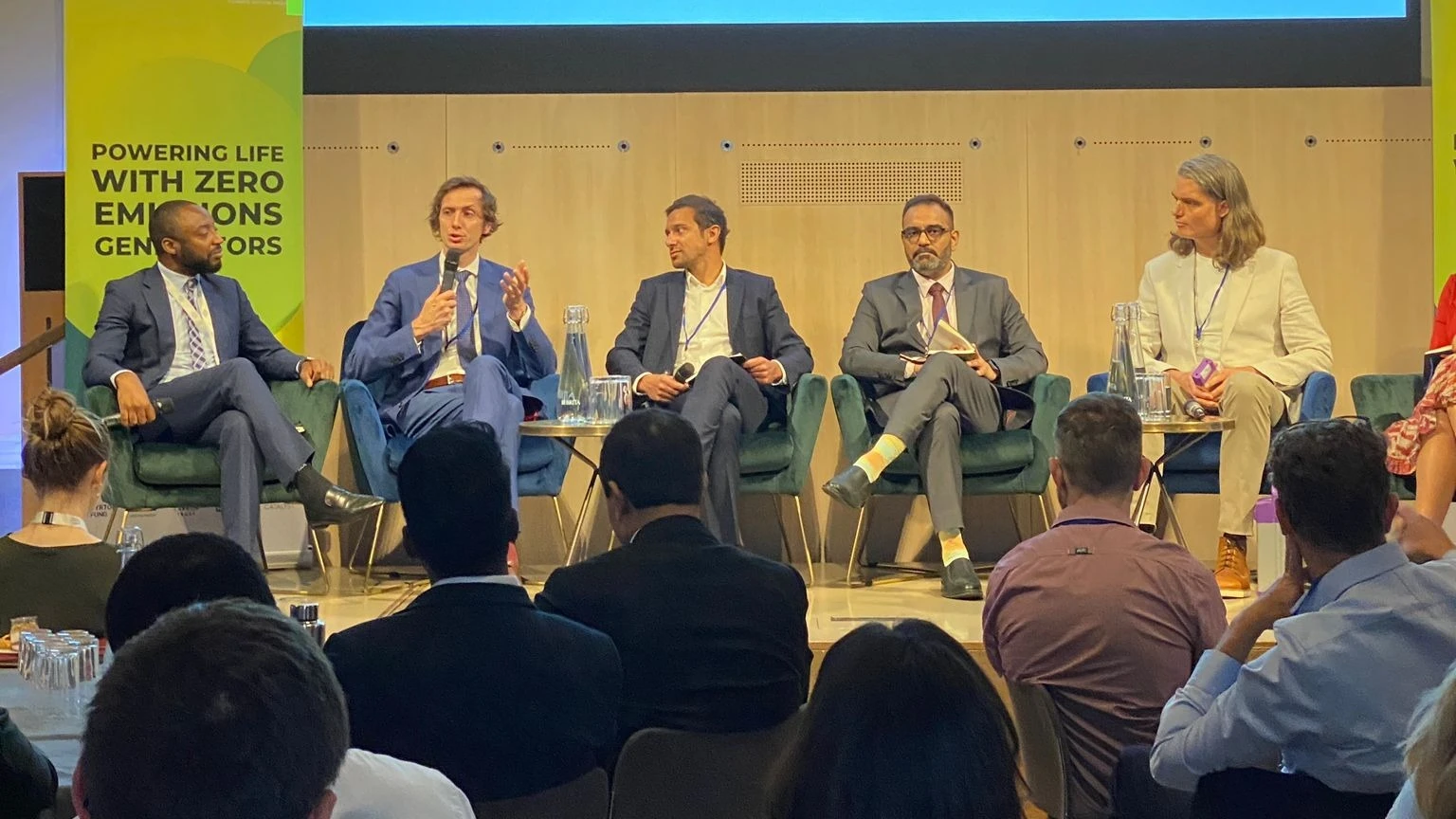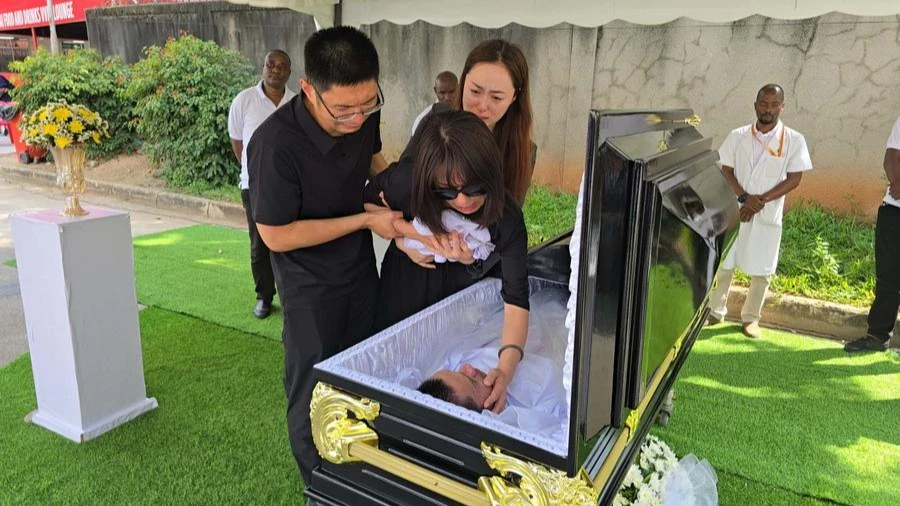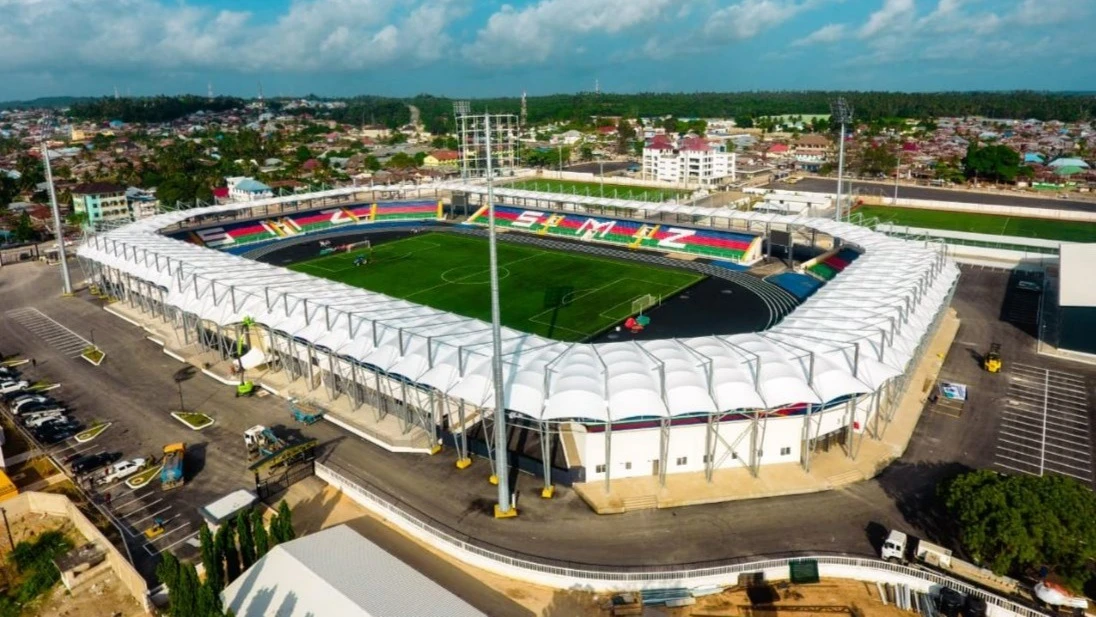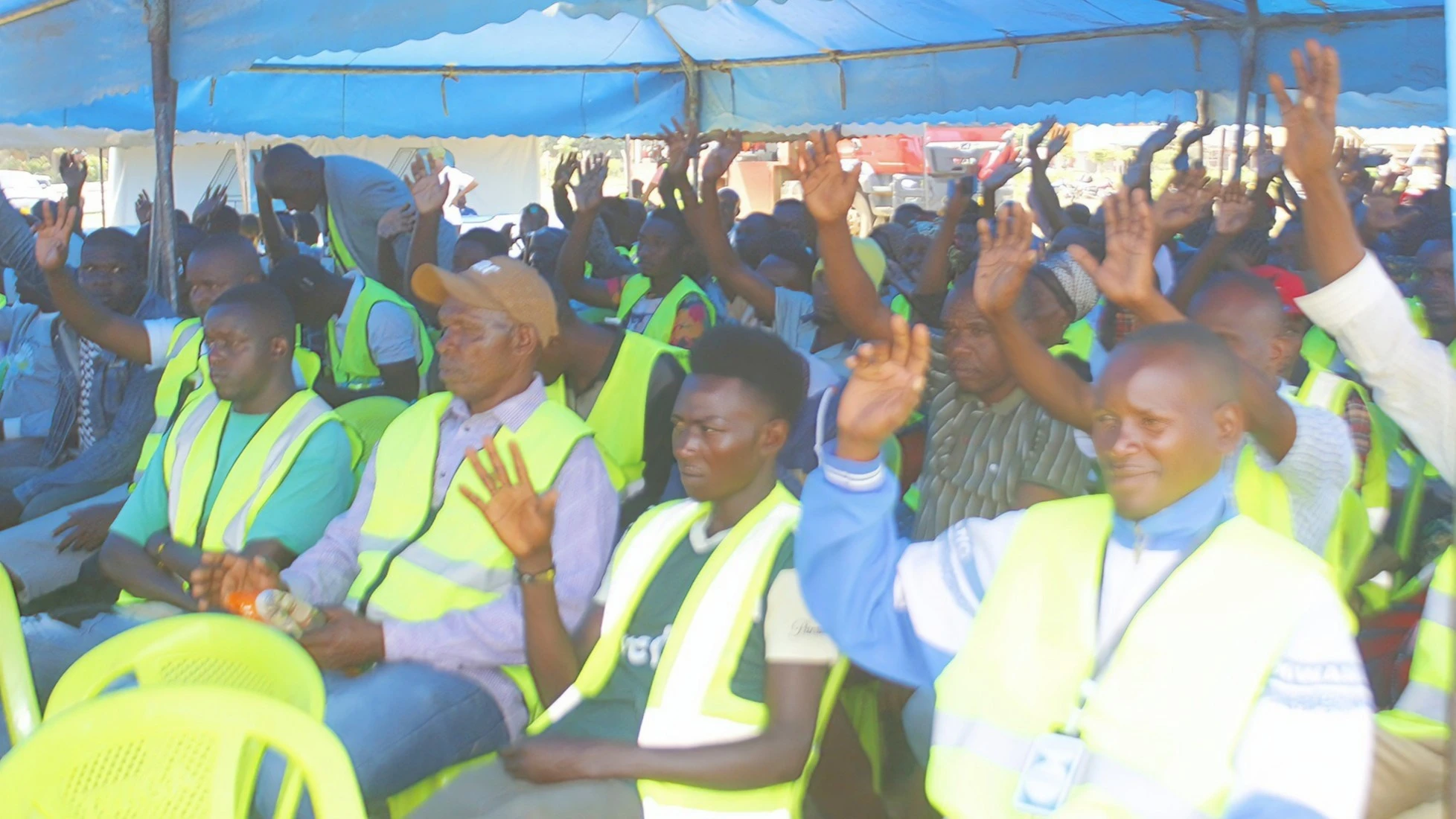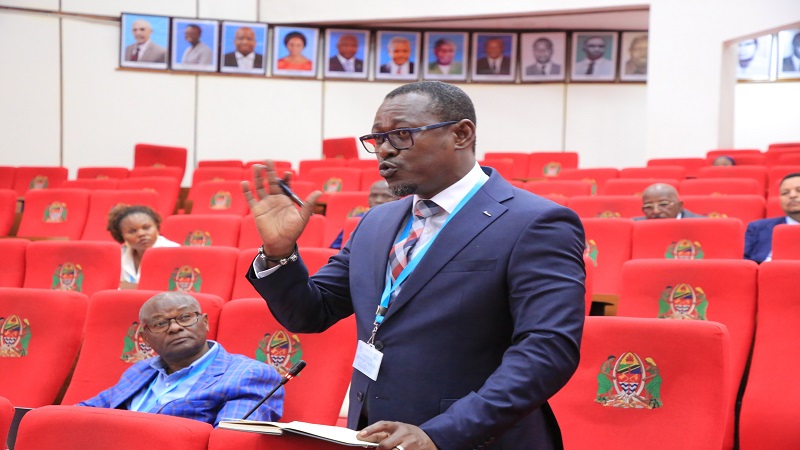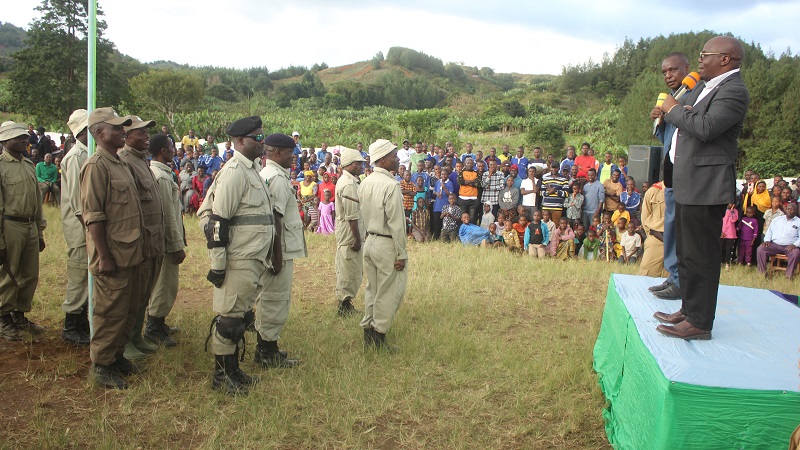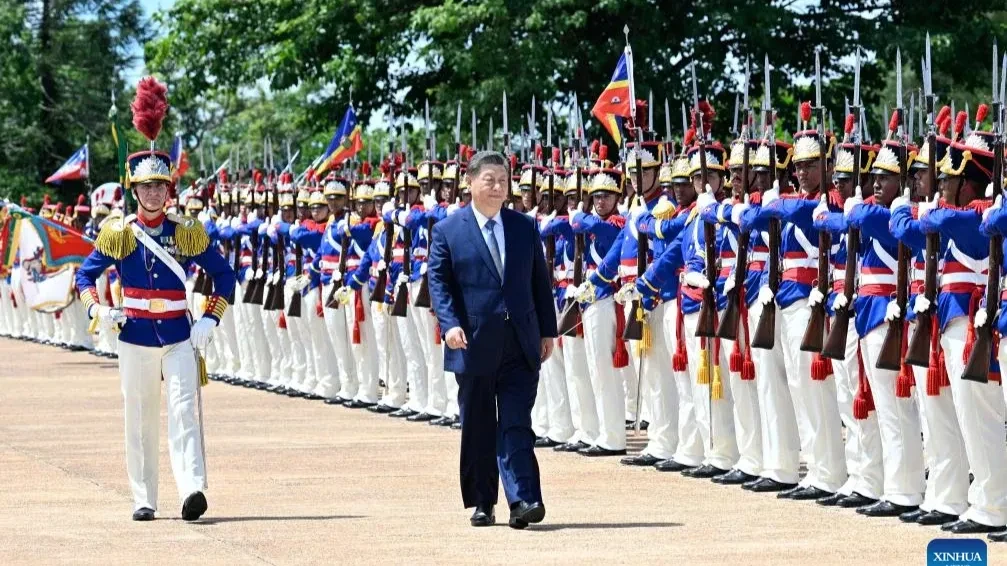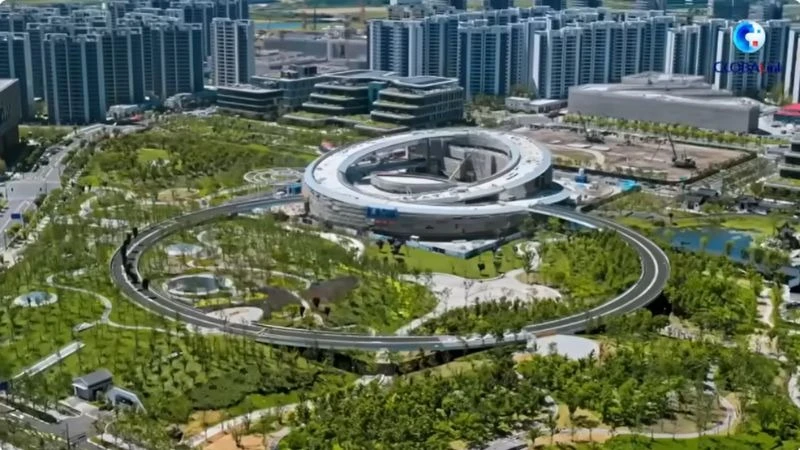President Samia delivers: The JP Magufuli Bridge as Tanzania’s new transport marvel

PRESIDENT Samia Suluhu Hassan has once again underscored the power of leadership continuity, visionary planning, and unwavering commitment to national development with the completion and inauguration of the John Pombe Magufuli Bridge.
Though originally conceived under the late President John Pombe Magufuli, it was President Samia who saw the project through—mobilizing resources, sustaining political momentum, and guiding its execution with strategic focus. As East Africa’s longest bridge, it symbolizes not just Tanzania’s infrastructure ambitions but also Samia’s governance—defined by delivery, inclusion, and legacy-building.
This article explores the bridge’s origin, design, impact, and future spanning 3.2 km across Lake Victoria and transforming regional connectivity.
From tragedy to transformation: A vision takes shape
The bridge, now formally named the John Pombe Magufuli Bridge, stemmed from a deeply personal experience of the late President Magufuli. During a ferry crossing over the Mwanza Gulf, he witnessed first-hand the dangers and delays faced by passengers. Overloaded vessels, lengthy queues, and adverse weather often made travel perilous.
He once recalled narrowly avoiding a fatal trip—eleven people perished in a canoe he chose not to board that day. That moment cemented his resolve to build a safer, more reliable alternative.
Magufuli envisioned more than just a crossing—he saw a lifeline for trade, safety, and development. His dream laid the foundation for what would become a transformative national project. While his vision initiated the effort, it was President Samia who brought it to completion, ensuring its long-term impact across Tanzania and beyond.
Built to last: Engineering East Africa’s longest bridge
Stretching an impressive 3,200 meters, the JP Magufuli Bridge is now East Africa’s longest and the sixth longest in Africa. It links Kigongo in Misungwi District to Busisi in Sengerema District, dramatically enhancing connectivity across the Mwanza Gulf.
The bridge includes a 520-meter extra-dosed box-girder span supported by three cable-stayed pylons that combine structural integrity with striking design. Its 1.7-kilometer approach sections ensure seamless access from both ends.
With a deck width of 28.45 meters, the bridge accommodates four traffic lanes, pedestrian sidewalks, and emergency shoulders. Constructed from steel and prestressed concrete, it rests on bedrock-anchored foundation piles measuring 2.5 meters in diameter.
Significantly, 92 percent of the construction workforce were Tanzanians, contributing to critical skills development, job creation, and national pride. This workforce achievement reflects President Samia’s commitment to empowering local talent through infrastructure investment.
Financing growth: A home grown model of development
Launched in December 2019, the bridge was initially scheduled for completion in late 2024. However, under President Samia’s focused leadership, the project was completed ahead of schedule and officially opened on June 19, 2025.
The bridge was built at a cost of 716.3bn/- (approximately USD 260–308 million), financed entirely by the Tanzanian government. This self-reliant investment model signals the country’s growing capacity to execute large-scale infrastructure without excessive foreign borrowing.
The project was implemented by China Civil Engineering Construction Corporation (CCECC) and China Railway 15th Bureau Group. It created 776 jobs, 720 of which were filled by Tanzanians—underscoring the government’s focus on inclusive economic participation.
A historic launch: Celebrating national achievement
The inauguration on June 19, 2025, was a moment of national pride. President Samia Suluhu Hassan led a vibrant ceremony, joined by government officials, engineers, and thousands of citizens. As she pressed a symbolic launch button and led a convoy across the new bridge, cheers, traditional songs, and waving flags filled the air—marking a new era in Tanzania’s infrastructure narrative.
In her address, President Samia paid tribute to President Magufuli’s vision and bravery. She emphasized that the bridge not only honors his legacy but also represents Tanzania’s maturing capacity to plan, finance, and deliver major infrastructure projects independently.
The President also highlighted the bridge’s broader regional impact. As part of the Mwanza corridor, it will benefit neighboring countries including Uganda, Rwanda, Burundi, and the Democratic Republic of Congo. She called on authorities to safeguard and maintain the bridge, ensuring its utility for future generations.
From hours to minutes: Transforming travel and trade
Prior to the bridge, commuters relied on ferries that could take up to three hours from queuing to crossing. The actual water crossing alone took about 35 minutes, with daily capacity limited to around 1,600 vehicles.
Now, with the bridge in operation, the same journey takes just four minutes. Capable of handling over 12,000 vehicles per day, the bridge is a game-changer for transport efficiency. It dramatically reduces travel time, fuel consumption, and vehicle wear and tear.
This shift benefits farmers in Misungwi and Sengerema by providing quicker access to Mwanza markets. Perishables like vegetables and fish reach urban consumers faster, reducing losses and boosting farmer incomes. Mining companies in Geita also enjoy faster transportation of minerals and supplies.
Meanwhile, ferry services previously operating along this route are being redirected to serve islands such as Ukerewe and Kome, ensuring broad lake-wide connectivity as part of the government's integrated transport strategy.
Bridging nations: A regional game-changer
The Magufuli Bridge is more than a national landmark—it’s a vital artery in East Africa’s integration framework. Positioned on the Usagara–Sengerema–Geita highway, it strengthens the Northern Corridor that links Tanzania with Kenya, Uganda, Rwanda, Burundi, and the DRC.
Improved road infrastructure enhances the flow of goods and services across borders, bolstering Tanzania’s ambitions to become a regional trade hub. Cross-border traders and tourists alike now benefit from safer, faster, and more reliable passage.
The bridge exemplifies Tanzania’s regional leadership under President Samia. Her administration continues to advance infrastructure that aligns with harmonized trade policies and coordinated investment strategies, cementing the country’s place in continental logistics.
Infrastructure as economic catalyst
The ripple effects of the Magufuli Bridge touch every sector of the economy. For businesses, it reduces delivery times and operational costs, boosting competitiveness and enabling small and medium enterprises to grow.
In agriculture and fisheries, the bridge connects producers to urban markets more efficiently. Reduced transport costs and spoilage open up new markets and encourage increased production—raising rural incomes and food security.
Tourism also stands to gain. As East Africa’s longest bridge, it attracts visitors and enables new tour circuits around Lake Victoria, promoting eco-tourism, cultural experiences, and local entrepreneurship.
Safety is another key benefit. The bridge provides a dependable crossing year-round, especially in rainy seasons when ferry services were often suspended. Its modern design—featuring four lanes, pedestrian walkways, and emergency shoulders—ensures safety for all users.
Beyond construction jobs, the bridge has boosted local businesses, service providers, and material suppliers. Increased economic activity in adjacent districts has led to better household incomes and stronger local economies—reflecting President Samia’s emphasis on inclusive and empowering development.
Notably, John Cheyo, Chairman of the United Democratic Party (UDP), commended the government for its effective use of public funds, calling the bridge a “game-changer” for Mwanza’s role in regional commerce.
From fields to factories: How the bridge is powering the economy
The ripple effects of the Magufuli Bridge touch nearly every sector of Tanzania’s economy. In trade and industry, it alleviates logistical bottlenecks, enabling goods to move faster and at lower costs. This improved efficiency enhances business competitiveness and gives small and medium enterprises the confidence to expand their operations.
In agriculture and fisheries, the bridge offers producers easier access to urban markets, cutting spoilage and transportation costs. This opens new market opportunities, raises rural incomes, and encourages increased production.
Tourism also gains significantly. The bridge has quickly become a modern landmark, attracting visitors eager to see East Africa’s longest span. With better access to the region, tour operators can now broaden their offerings around Lake Victoria—ranging from eco-tours to cultural expeditions and adventure travel.
Safety is another major gain. The bridge provides a dependable route across the Mwanza Gulf, especially valuable during the rainy season when ferry services were frequently disrupted. Its four-lane design—with dedicated pedestrian walkways and emergency shoulders—ensures safer passage for all users.
The project also generated meaningful employment. Over 700 Tanzanians were involved in construction, gaining hands-on technical experience, while local suppliers benefited from the increased demand for goods, services, and accommodation. This injection of opportunity improved household incomes and stimulated the economies of surrounding communities. President Samia’s commitment to inclusive development is clearly reflected in these outcomes.
John Cheyo, Chairman of the United Democratic Party (UDP), applauded the government for its prudent use of taxpayer funds, calling the bridge a transformative asset for Mwanza’s rise as a regional commercial hub.
Sustainability, safety and surveillance
As President Samia highlighted, protecting the bridge is a matter of national significance. Security agencies have been tasked with safeguarding it from vandalism and misuse. A comprehensive system—including speed regulations, traffic cameras, and regular inspections—is being deployed to manage traffic flow and preserve the structure’s integrity.
Engineered for a 100-year lifespan, the bridge features resilient design elements and high-quality materials. Tanroads CEO Mohamed Besta emphasized that quality assurance was central at every construction stage. Its wide deck, solid foundation, and built-in redundancy measures ensure long-term sustainability.
Plans are underway to establish a dedicated maintenance fund, with financial contributions from both central and regional governments. This will allow for timely repairs, periodic assessments, and infrastructure upgrades—avoiding delays and securing the bridge’s performance over the decades to come. The initiative has the full support of President Samia’s administration.
Bridging the gaps: Challenges still on the horizon
Even with its success, the bridge’s continued impact depends on meeting ongoing challenges. Chief among them is consistent maintenance. Without regular upkeep, even the strongest infrastructure can deteriorate. Building local capacity by training engineers and technicians is critical for sustaining proactive maintenance.
Traffic management also presents a challenge. With a sharp rise in vehicle use, it is essential to regulate speed, enforce weight limits, and monitor vehicle types to prevent congestion and structural strain.
Another concern is economic imbalance. There is a risk that the bridge’s commercial benefits might favor one side of the lake over the other. Ensuring both Misungwi and Sengerema districts receive equal investment in support infrastructure—such as feeder roads, storage facilities, and market access—is essential to shared prosperity.
Lastly, community engagement is key. Local residents must feel a sense of ownership over the bridge to help protect it. Public education campaigns and community-led oversight initiatives can build this sense of collective responsibility.
What the Magufuli Bridge stands for
The John Pombe Magufuli Bridge is more than an engineering feat—it is a living emblem of transformation, perseverance, and progress. It celebrates Tanzanian innovation and demonstrates what visionary leadership, strategic investment, and local capacity can accomplish.
It stands as a fulfilled promise from a president who believed in practical, people-centered development. It also represents a seamless transition of leadership, with President Samia not only carrying the project forward but elevating its strategic relevance. Her administration ensured the bridge did more than connect two points—it became a symbol of national ambition and a regional beacon.
Every truck crossing its lanes, every student waving from its sidewalks, every traveler arriving in minutes instead of hours—all reflect the bridge’s role in ushering in a new era. It is the physical manifestation of a nation’s determination to dream boldly and deliver steadily.
Beyond the Bridge: New corridors, new opportunities
With the bridge complete, focus now shifts to complementary developments. Road upgrades leading to and from the bridge are underway, including highways connecting Mwanza with Geita, Shinyanga, and Tabora. Integration with the Standard Gauge Railway (SGR) is also a key objective, creating a multi-modal transport network.
Plans are progressing to establish special economic zones around the bridge. These zones will include industrial parks, logistics hubs, and processing centers for agricultural and mineral goods. Tourism infrastructure—such as viewing decks, information kiosks, and hospitality services—is also being planned to capitalize on the bridge’s iconic appeal.
On a broader level, the government is exploring policies to enhance cross-border trade. These include harmonized customs procedures, digital clearance systems, and new bilateral agreements. President Samia’s overarching goal is to use transformative infrastructure like the Magufuli Bridge to redefine Tanzania’s role in regional commerce.
Connecting the nation to its future
From long ferry waits and hazardous lake crossings to a state-of-the-art bridge spanning East Africa’s largest lake, Tanzania has made a historic leap. The John Pombe Magufuli Bridge tells a story of vision, courage, and execution. It unites past and present leadership, national pride and regional integration, engineering excellence and economic opportunity.
As Tanzanians and regional neighbours traverse this new marvel, they are not merely moving goods and people—they are advancing a collective dream for prosperity, inclusion, and shared progress. That dream is now grounded in steel, concrete, and the enduring leadership of President Samia Suluhu Hassan.
The writer can be reached at judithjamestz@gmail.com
By Judith James
Top Headlines
© 2025 IPPMEDIA.COM. ALL RIGHTS RESERVED


